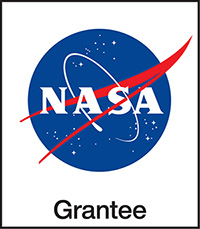5. Order Up! Investigating Reuse Process
Learners apply what they learned about water quality to reconfigure a model building to reuse as much water as possible.
Setup: Prep Time 60 min.
- Print and assemble handouts.
- Prepare Filter Bases for Activity 6, as noted in Materials & Preparation.
*See Materials & Preparation in the Educator Guide linked above for full info.
21st Century Skills
- Critical Thinking
- Collaboration
Habits of Mind
- Use systems thinking.
Learners Will Do
- Reconfigure the pipes in a model building.
Learners Will Know
- Engineers can design processes to solve problems.
Connecting Across Activities
- Activity 4: Investigating Filters: Last time, learners investigated the ability of various filter materials to remove contaminants from a water sample.
- Activity 5: Investigating Reuse Process: Today, learners apply what they learned about water quality to reconfigure a model building to reuse as much water as possible.
- Activity 6: Create a Process: Next time, learners will work in groups to plan, create, and test a water reuse process.
Related Video
Water Reuse in Extreme Environments: Human Technology

